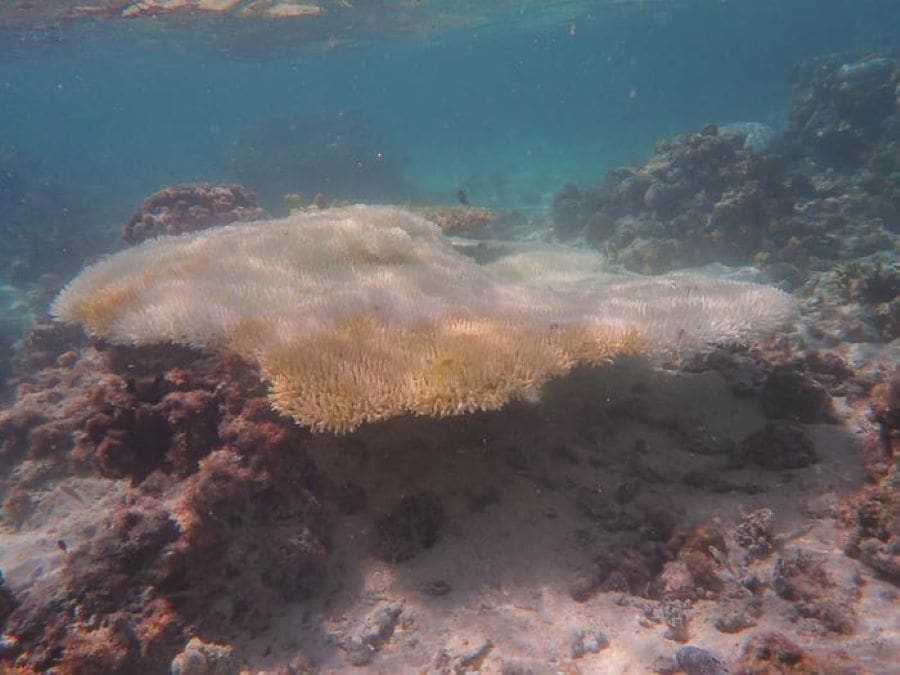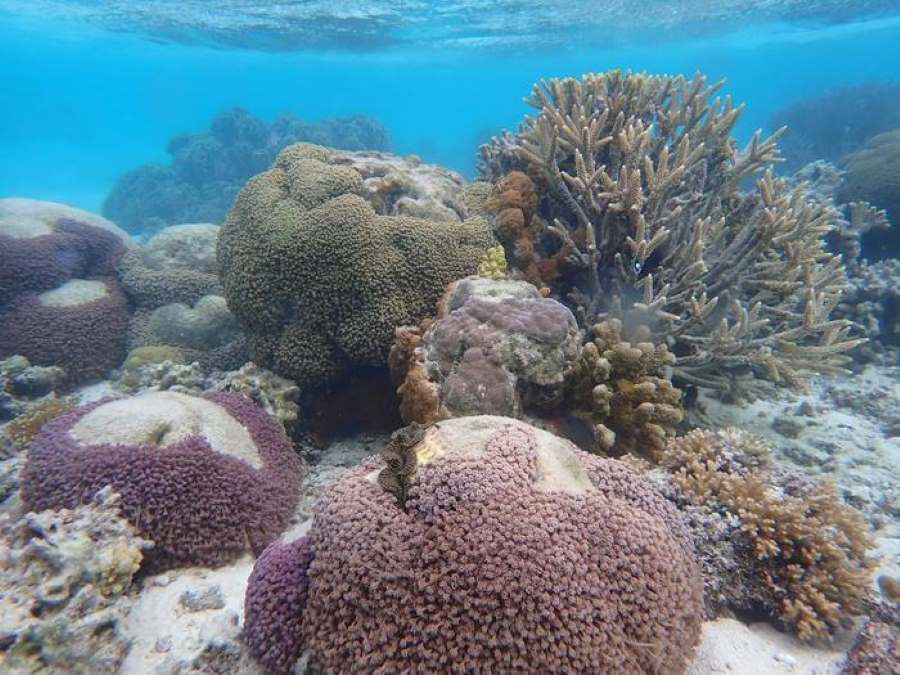Coral bleaching on the southern Great Barrier Reef has reached catastrophic levels, according to a study published in Limnology and Oceanography Letters.

Led by Professor Maria Byrne of the University of Sydney, the research tracked 462 coral colonies at the One Tree Island research station during the 2023-2024 global marine heatwave.
By April 2024, 80 percent of the colonies were bleached, with a staggering 44 percent dying by July. The findings reveal unprecedented impacts from marine heatwaves, posing grave challenges for coral resilience and biodiversity conservation.
University of Sydney – A team of marine scientists from the University of Sydney has published the first peer-reviewed study documenting the devastating coral bleaching events that occurred on the southern Great Barrier Reef in early 2024.
Led by Professor Maria Byrne from the School of Life and Environmental Sciences, the research highlights the alarming impact of unprecedented marine heatwaves on coral ecosystems, raising urgent concerns for marine biodiversity and the communities that depend on these vital ecosystems.
The study, published in Limnology and Oceanography Letters, provides critical insights into the extent of coral bleaching and mortality during the 2023-2024 global marine heatwave. The research team meticulously tracked the health of 462 coral colonies at the University of Sydney’s Great Barrier Reef research station at One Tree Island over a period of 161 days.
The results revealed that 66 percent of the colonies were bleached by February 2024 and 80 per cent by April. By July, 44 percent of the bleached colonies had died, with some coral genera, such as Acropora, experiencing a staggering 95 percent mortality rate.
Professor Byrne said: “Our findings underscore the urgent need for action to protect coral reefs, which are not only biodiversity hotspots but also crucial for food security and coastal protection. The southern Great Barrier Reef, despite its protected status, was not immune to the extreme heat stress that triggered this catastrophic bleaching event.”
The research also highlights the complex interplay between heat stress, disease onset and coral mortality.

University of Sydney
Notably, Goniopora corals developed black band disease, contributing to the high mortality rates observed. The study emphasises that the rapid onset of bleaching and disease in corals previously considered resilient poses significant challenges for predicting the future composition of coral reef ecosystems in a warming world.
Professor Ana Vila Concejo, a co-author of the study from the School of Geosciences, said: “This research is a wake-up call for policymakers and conservationists. The resilience of coral reefs is being tested like never before, and we must prioritise strategies that enhance their ability to withstand climate change. Our findings underscore the need for immediate and effective management interventions to safeguard these ecosystems.”
The implications of this research extend beyond the ecology and conservation. Coral reefs provide essential services to human communities, including fisheries, tourism and coastal protection. As the Great Barrier Reef faces increasing threats from climate change, the study calls for a collaborative approach to conservation that involves local communities, scientists and policymakers.

Dr Shawna Foo, a Sydney Horizon Fellow and co-author of the study, said: “Seeing the impacts on a reef that has largely avoided mass bleaching until now is devastating. The high rates of mortality and disease, particularly in such a remote and pristine area, highlight the severity of the situation. Although the reef’s highly protected status may not have prevented the impacts of the heatwave, its role in facilitating recovery will be crucial to observe.”
Journal Reference:
Byrne, M. et al. ‘Catastrophic bleaching in protected reefs of the Southern Great Barrier Reef’, Limnology and Oceanography Letters (2025). DOI: 10.25910/p5rq-cw63
Article Source:
Press Release/Material by The University of Sydney
Featured image: The University of Sydney’s One Tree Island research station on One Tree Island reef on the southern Great Barrier Reef. Credit: University of Sydney




